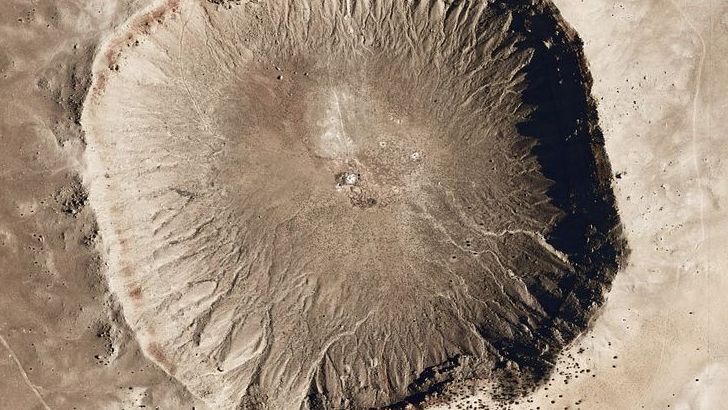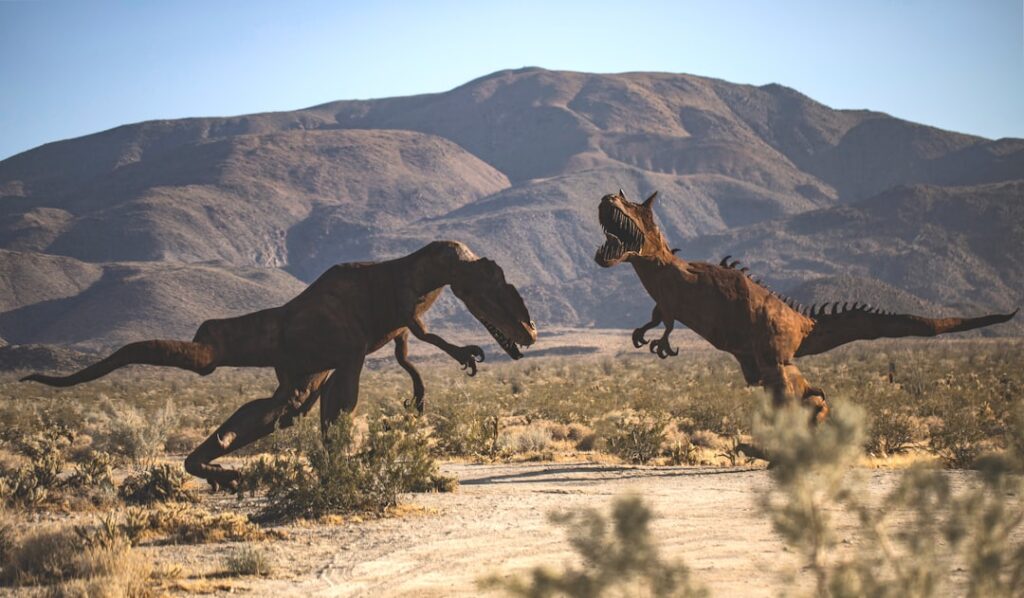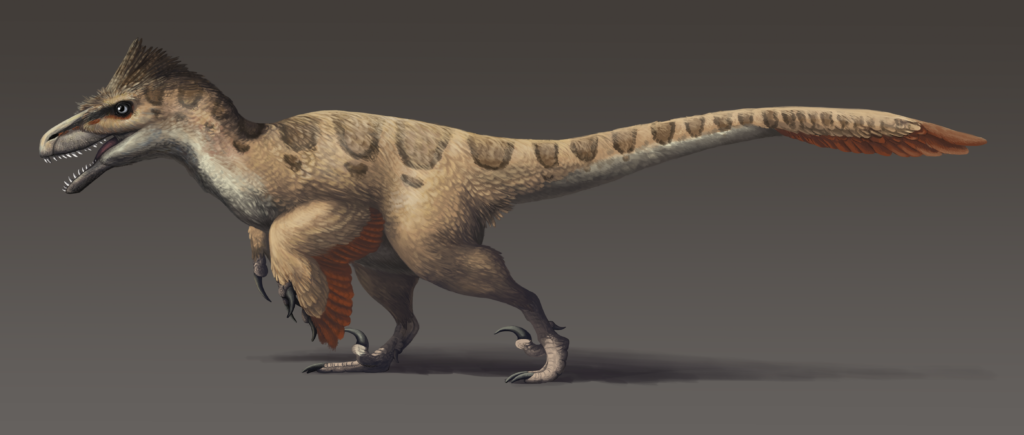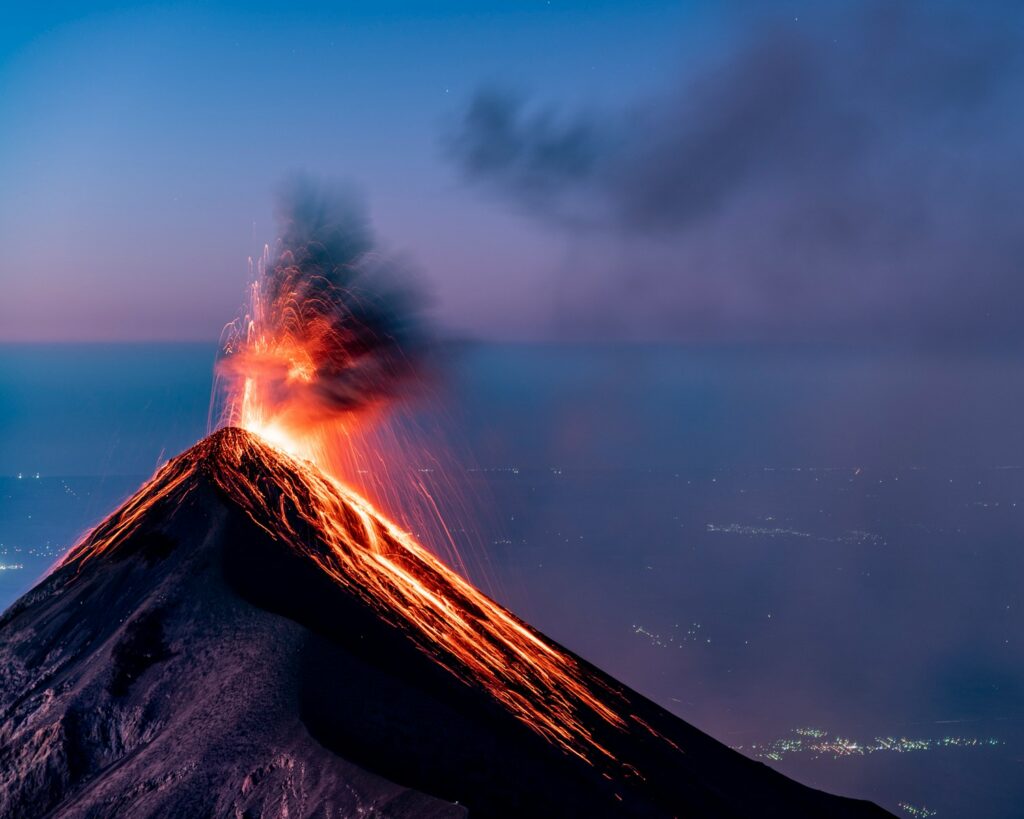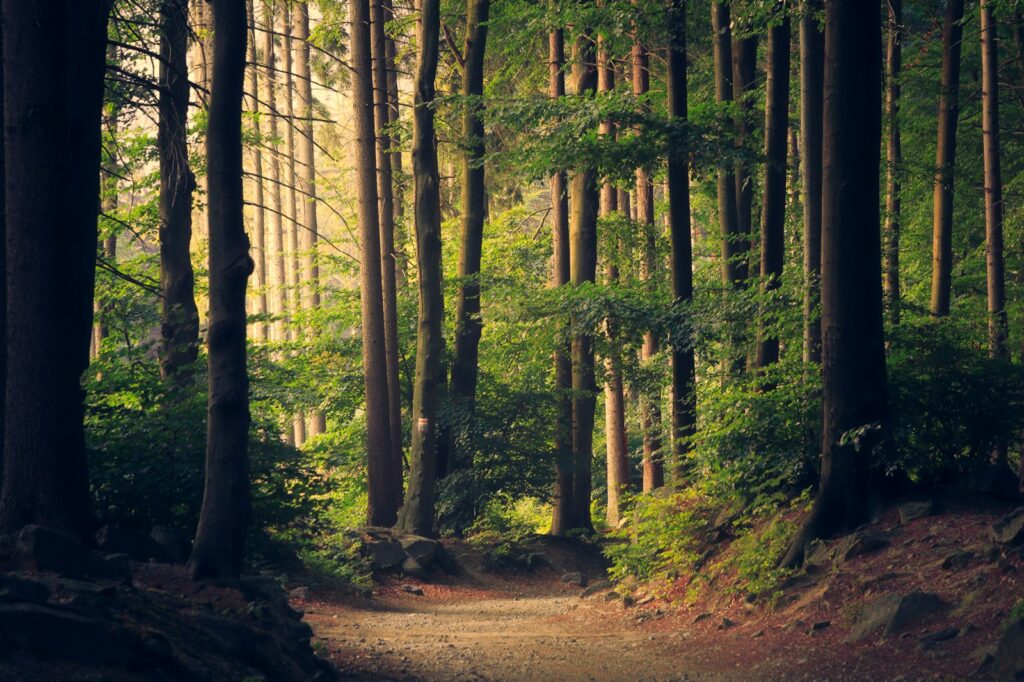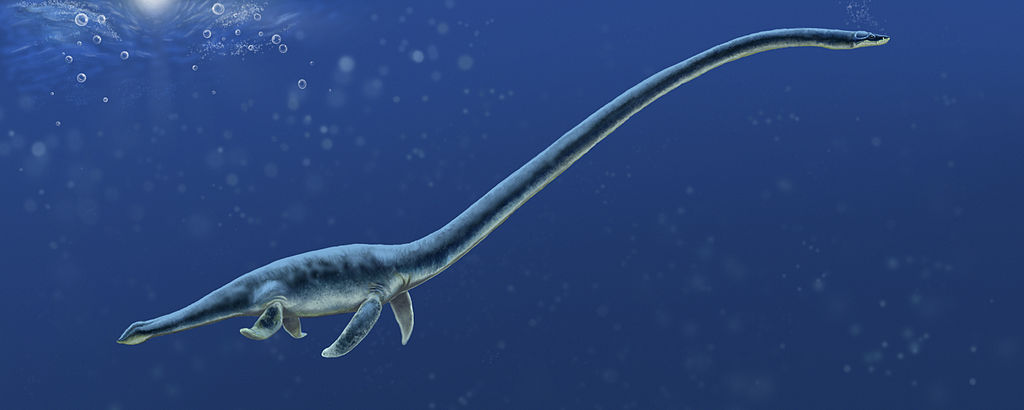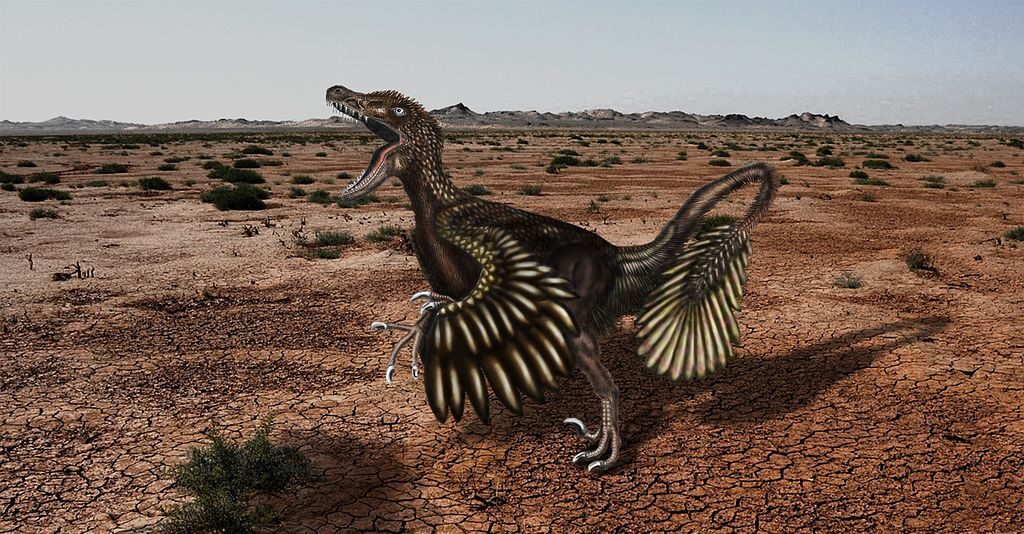What the Mesozoic Sounded Like: From Roars to Rustling Ferns
The Mesozoic Era, from approximately 252 to 66 million years ago, represents one of the most fascinating chapters in Earth’s history. While we can visualize dinosaurs through fossils and artistic reconstructions, imagining the sounds of this ancient world presents a unique challenge. Scientists have made remarkable progress in reconstructing this lost soundscape through paleontological evidence, ...


